Disappeared Gray Zone
Jaeyong Park (curator, interpreter and translator)
The 59th Venice Biennale started at the end of April and will continue until November. It’s been three years since the last event due to a year’s delay caused by the COVID-19 Pandemic. The title and theme of this year’s Biennale is The Milk of Dreams, borrowed from the picture book written by surrealist artist Leonora Carrington under the same title. Cecilia Alemani, an Italian curator based in New York, referred to humanity in the face of global catastrophes such as the pandemic, suggesting that the universal view of humanity that has been supporting Western modernity failed and we should break from anthropocentrism.
In addition to this exhibition, the five ’historical capsules’ presented as ’exhibitions in the exhibition’ reinterpreted history by examining not only the art of the 21st century, but also art that existed in the 19th and 20th centuries but is somewhat forgotten now, while proposing to look at it in a different light. Over 200 artists presented their works in the main exhibition hall of the Biennale. In it, each ‘capsule’ was located like a small bubble under the titles, The Witch’s Cradle, Corps Orbite, Technologies of Enchantment, Seduction of Cyborg and A Leaf a Gourd a Shell a Net a Bag a Sling a Sack a Bottle a Pot a Box a Container. Over 200 artists participated in the Biennale.
The scale of this year’s Biennale was small to the extent that there were even exhibitions inside the exhibition, which is slightly different from the previous events. Video works are what people think of when they hear the term contemporary art, but there weren’t many as a lot of visitors pointed out. Also, quite a large portion of the exhibition presented work from artists who have passed away. But above all, there were few examples of ’performance art’, a genre put under the spotlight in biennales before the pandemic began. (The 58th Venice Biennale in 2019 was the first in its history to present the ’Performance Program’ as part of the main exhibition.)
The Venice Biennale is not a single event made of one main exhibition, but a huge festival under which dozens of ‘Parallel Exhibitions’ take place, and around 80 countries set up ‘National Pavilions’ for their exhibitions at the same time. The ’Golden Lion’ is awarded to the artist and the country which presents the best exhibition. And coincidentally, the countries that have won the Golden Lion in the past two Biennales both presented a performance art work.
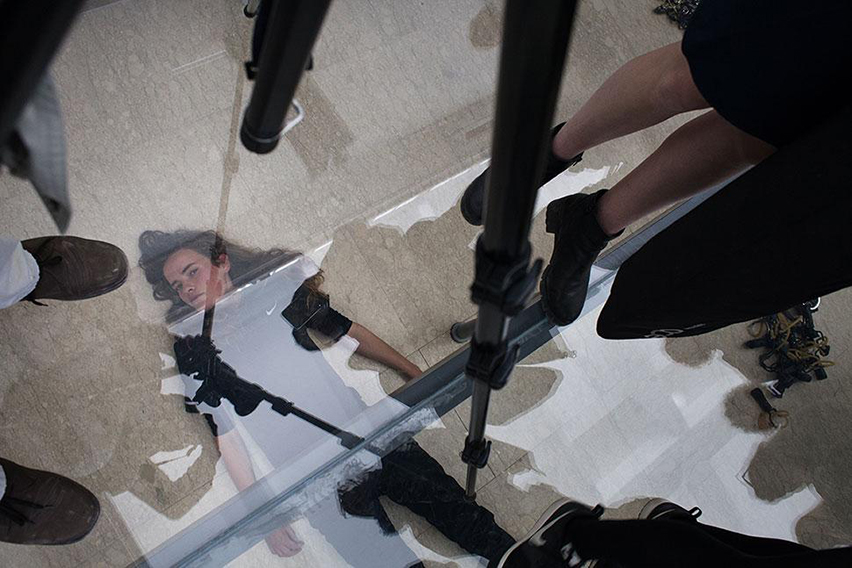
Anne Imhof,〈Faust〉, 2017 ⓒ La Biennale di Venizia
Germany won the Golden Lion in 2017. It was represented by Anne Imhof’s Faust, which was a strikingly long five-hour performance. Performers, dressed in black costumes typical of nightclubs in Berlin, made calculated movements under the glass floor on which the audience stood. They moved among the audience members, pushed them, sprayed water on them and drew something with spray paints on the walls of the exhibition space in the performance. The judges described the work as “a powerful and disturbing installation that poses urgent questions about our time.” This performance was performed every day throughout the entire biennale, which lasted almost seven months.
At the 2019 Biennale, the Lithuanian Pavilion was awarded the Golden Lion, again through a performance piece. Sun & Sea was a 60-minute performance that could be considered a kind of ‘climate change opera.’ When coming in from the second floor entrance, the audience could see the stage that resembles a beach and the performers who act as summer vacationers. This performance was created by a film director, writer and composer. In it, performers dressed as vacationers on a beach sang with climate crisis languages such as ‘meteorologist’ or ‘coral reef.’ According to the libretto posted on the website, the work defines itself as an ‘opera-performance.’ (Thanks to such a clear script or directive being available, it was ’performed’ again in many countries around the world after the biennale was over.)
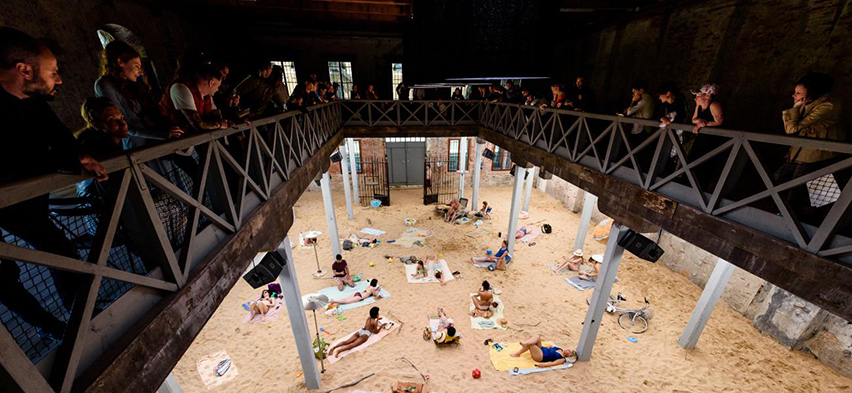
Lithuanian Pavilion, 2019 ⓒ La Biennale di Venizia
Performances dominating multiple Venice Biennales in the late 2010s was in the same trajectory as the expanding presence of ’dance exhibitions’ in the contemporary art field since the mid-2000s. Art historian Claire Bishop has been critiquing contemporary art that actively engages with audiences and participants such as socially engaged art and performance. in “Black Box, White Cube, Gray Zone: Dance Exhibitions and Audience Attention”, a book written by her in 2018, she noted this phenomenon. Bishop’s main argument was that the rise of dance or performance in contemporary art is through the ’gray zone’, where the black box for an experimental play and the white cube for an art museum are combined. In addition, she pointed out that, in an era where social media gradually expands its influence, art in the gray zone that takes place before your eyes has an aspect that satisfies the sense of presence and community.
If so, it would not be unreasonable to have thought the following: the audiences came to see the Biennale after three years instead of two. The pandemic has not ended yet, but were they perhaps more than anything else hoping for the crowdedness to be the "same as before"? Now that the influence of social media has grown even bigger, wouldn’t their desire to feel presence through a live situation happening right in front of their eyes be bigger than ever before? Europe has gone through extreme lockdowns and a huge number of deaths that Korea had never experienced. And now after all that, the Venice Biennale 2022 is taking place in Europe. Therefore, can we expect the rise of performance once again there?
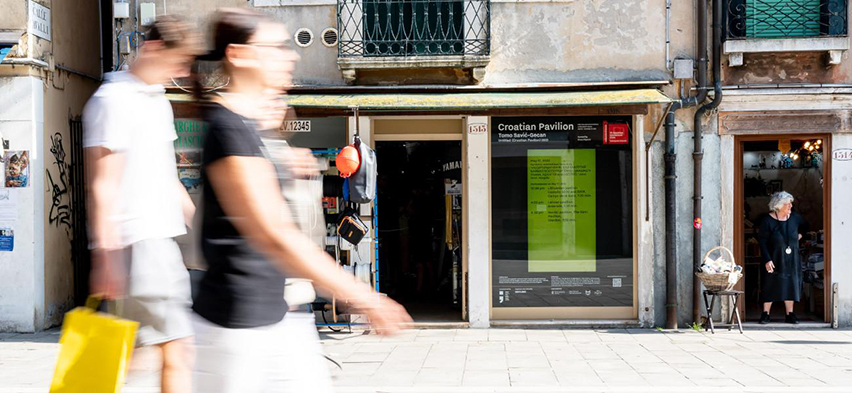
Croatian Pavilion, 2022 ⓒ La Biennale di Venizia
However, as hinted by the title of this article and as mentioned in the brief introduction about the main exhibition, there were hardly any works that took the format of ’performance’ in this biennale overall. Out of all the National Pavilions set up by each country, there were only a handful that had presented a performance at the front. Even those were not the kind of a performance you would expect to see from the previous biennales. For example, Croatia rented a shop and used the show window to put a big poster that had instructions and QR codes providing information about performances that takes place at a random time and location around Venice. There were no contemporary art performances in Venice where audiences sat on the floor, or watched while standing shoulder to shoulder with other spectators in a place that is hard to call a performance venue, or that is proper enough to be considered as a performance venue (gray zone.)
Is it that the social distancing rules caused by COIVD-19 and the surge in travel and transportation costs are still unresolved, and because of that, we cannot expect to see gray zones where performances can be presented yet? Or, did these circumstances change the character of the gray zone - which was regarded as a necessary condition for performance - itself? Although it was hard to identify a familiar form of performance in fine arts, numerous audience members each performed their own performance all over the island of Venice where many countries are presenting their exhibitions for the Biennale. Audiences from all over the world who have been waiting for three years to come to Venice were recording what they were seeing by using all possible tools to capture the Biennale which they don’t know when they will be able to visit again.
Taking out a camera or mobile in the exhibition hall was more natural than it was at any previous biennales. Also, there were as many cases in which the camera lens was directed towards the audience themselves as it was towards the exhibition hall or the work. In order to reduce paper use in the exhibition hall, the organizers introduced QR codes where digital copies of printed materials or playlists for the show were linked. This naturally created an environment in which the audience members who do not participate in the ’performance of image recording’ in the exhibition hall have no choice but to do something with the mobile devices in their hands.
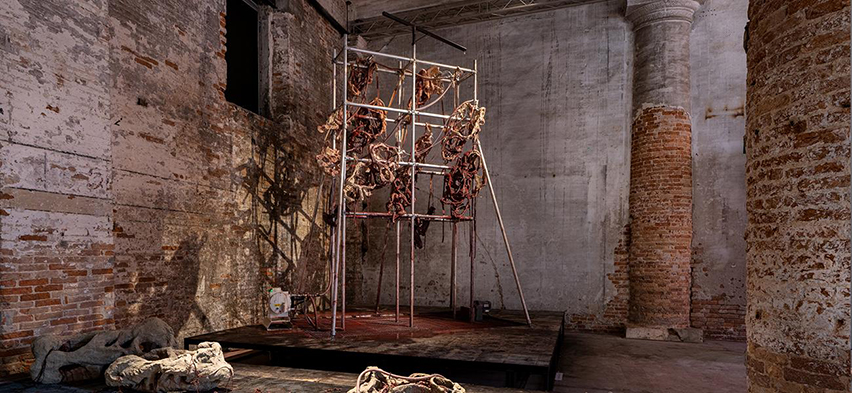
Mire Lee,〈Endless House: Holes and Drips〉, 2022 ⓒ La Biennale di Venizia
Will we be able to see a performance in which moving bodies interact with the audience live in the next Biennale? If COVID-19 changed the very the nature of the gray zone itself, we might end up seeing more kinetic performance in which movement is given to the work itself instead of humans rather than the human-performance we are familiar with, and more instruction-performance in which the audience unexpectedly becomes performers rather than seeing trained performers perform. However, this won’t be a story only applicable to the Biennale, which shows the ‘now’ of the world’s contemporary fine arts.

Jaeyong Park
Jaeyong is a curator, interpreter, translator and writer who works mainly in the field of contemporary fine art. As a curator and producer, he developed and produced Total Recall (Ilmin Museum of Art, 2014), The United Paradox (Portikus, 2015), The 5th Anyang Public Art Project (APAP, 2016-17), Shifting Borders (2018) by contemporary fine artist Kader Attia and the 10th anniversary web archive of the Korean National Contemporary Dance Company. His recently published translation works include Understanding Modern Art by Sam Phillips (2022), and What’s Happening SelectionⅠ(2021). He is also writing articles about contemporary fine art for various international media including Art In Culture and The Financial Times. He is researching contemporary fine art as a part of visual culture and a historical product with keen interest. He runs ‘Seoul Reading Room’, a fine art reading space.








 PREV
PREV
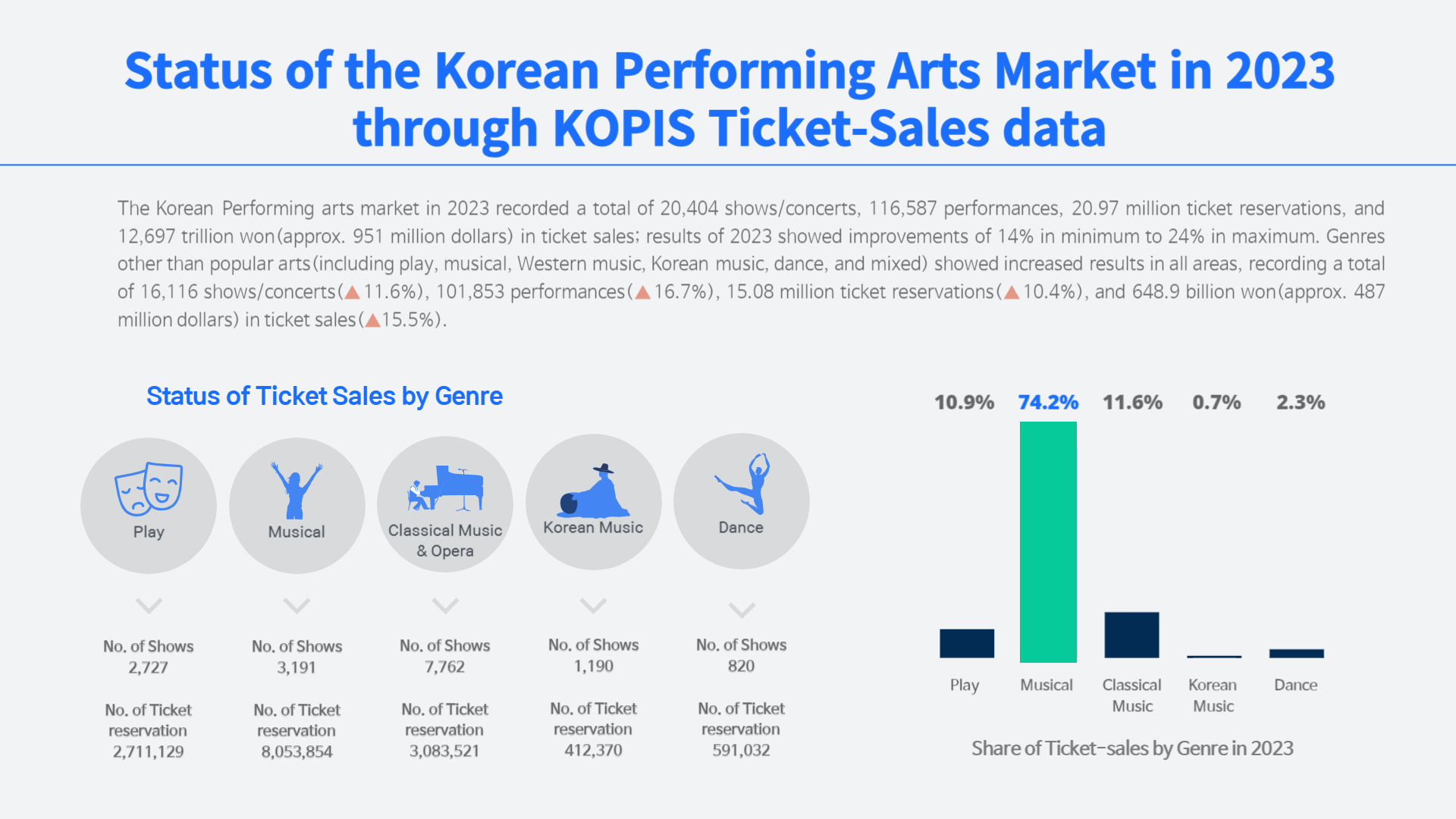
.jpg)
.jpg)
.jpg)
.jpg)











